Campus Hönggerberg 2040
The Hönggerberg campus is one of the two ETH Zurich campuses at the university’s main location in Zurich. Originally established as a satellite site, today almost half of ETH’s students and academics study and work on this campus, which is set in local parkland.
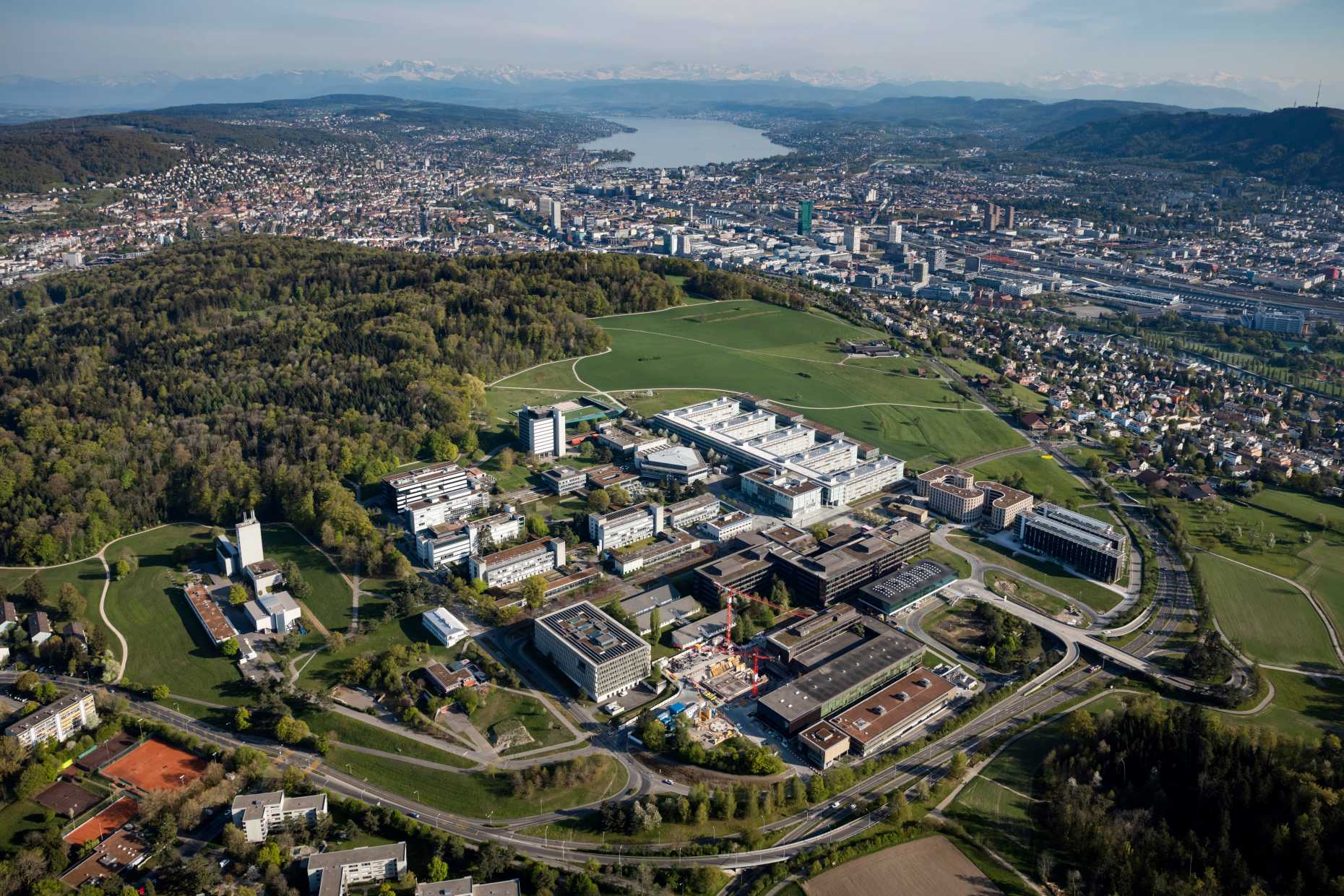
The campus is a key element in the ongoing development of ETH Zurich. In view of the historic district and urban structures in the city centre, ETH Zurich is planning to develop most of the additional space it needs for education and research on the Hönggerberg site.
It has been working with Zurich city and cantonal authorities to draw up the Hönggerberg Campus 2040 masterplan, which will serve as the basis for this redevelopment. The masterplan sets out the long-term vision for the campus and the central elements of the development project. In doing so, it builds on the previous Science City masterplan of 2005. For instance, it is continuing with the original idea of a ring road around the campus and the development of the site into a city district with amenities that appeal to the ETH community and external visitors.
The following topics are particular areas of focus in relation to the redevelopment:
Sustainability
ETH Zurich is particularly keen to ensure that the campus is developed sustainably, and it understands sustainability in all three dimensions: ecological, economic and social. It also wants to take a big step closer to carbon neutrality and is committed to an energy supply that does not rely on fossil fuels. Expanding the current anergy grid is a key element. The next steps are planned in relation to sustainable construction, local environment, biodiversity, soil retention and drainage. ETH also attaches huge importance to exchange with internal and external interest groups for the further development of the campus, and cultivates this in the form of bilateral exchange, information and discussion events, and other participatory initiatives.
Infill development
The campus is being developed inwards in order to protect the surrounding landscape. This means that it will not be expanded structurally in the direction of the surrounding areas, but will be concentrated within the existing site. A green ring road around the campus epitomises this approach and serves as a transition from the campus to the countryside beyond. At the two campus entrance points from the Affoltern and Höngg districts, a reception building with public-oriented offers will welcome visitors to the campus. Two other potential high-rise buildings on the central Wolfgang-Pauli-Strasse will offer the required capacity for education and research, and will ensure that the existing green space on the campus can be preserved and expanded.
Open and green spaces
Attractive open spaces define the basic structure of the campus and ensure a high and coherent level of quality across the entire campus complex. They make this a great place to spend time and also support biodiversity on the campus. The defining green areas are the existing Steiner Garden, the Flora Ruchat Roncati Garden, which is set to be upgraded and expanded, and the new garden in the central square.
Getting around
Good access, with sustainable transport options and a broad network of paths, is essential to ensure the accessibility and popularity of the campus. To that end, the focus is on a large-scale integration of the area by connecting it with the wider transport system, including the VBZ bus network and cycle routes, creating an intuitive access network with short and attractive routes. To relieve the local public transport system, there is already a direct eLink between the Hönggerberg and Zentrum campuses for ETH members. Other options for getting around the local area support this, including e-bikes and e-scooters.
An urban neighbourhood
Plans are underway to enhance the urban feel of the campus. The central Wolfgang-Pauli-Strasse will be transformed into a lively, green promenade with a variety of ground-floor amenities for the public. According to a commissioned study, the remodelling of the campus can respond to various requirements in terms of urban development, transport, open space, barrier-free access, local climate, lighting, soil retention and drainage. The redevelopment will also raise the profile of the central square and encourage people to meet and interact.
Preservation and development
The structural densification and further development of the campus is intended to preserve the existing features of the site, such as careful embedding into the open green space and listed buildings and gardens, and only making changes according to emerging needs. This means that construction will only go ahead if it is truly needed for education and research.
The campus of the future in pictures
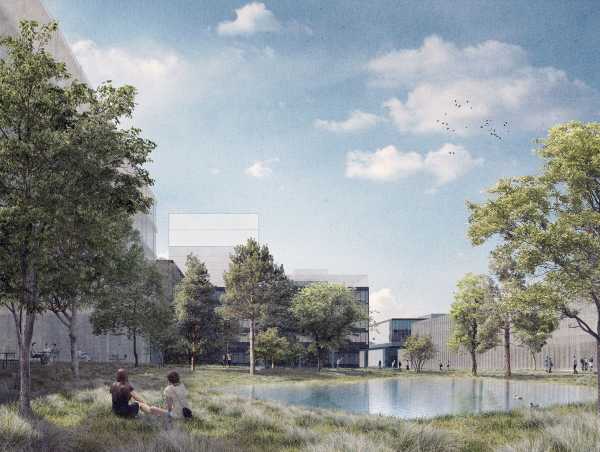 The piazza is a key element of the planned campus development. (Visualisation: nightnurse images GmbH / EM2N)
The piazza is a key element of the planned campus development. (Visualisation: nightnurse images GmbH / EM2N)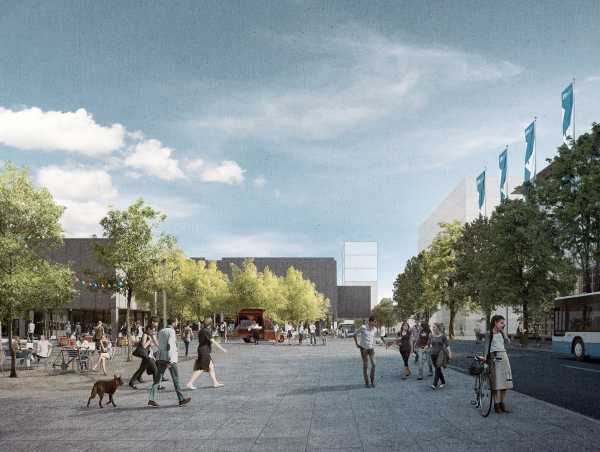 The future Hönggerberg campus as seen from Käferberg. (Visualisation: nightnurse images GmbH / EM2N)
The future Hönggerberg campus as seen from Käferberg. (Visualisation: nightnurse images GmbH / EM2N)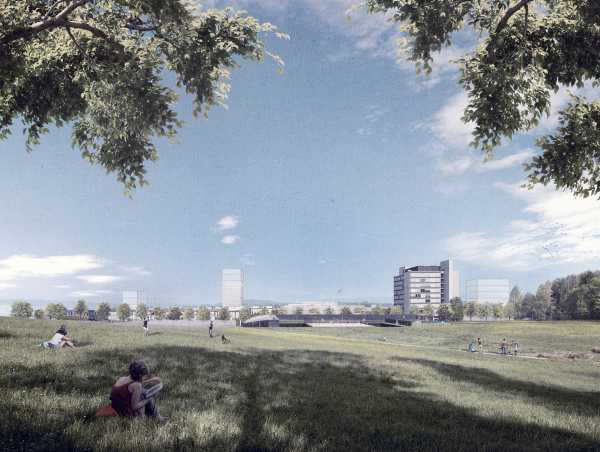 An attractcive "ring" will circle the campus in the future - shown here at the North Portal Building Affoltern side. (Visualisation: nightnurse images GmbH / EM2N)
An attractcive "ring" will circle the campus in the future - shown here at the North Portal Building Affoltern side. (Visualisation: nightnurse images GmbH / EM2N)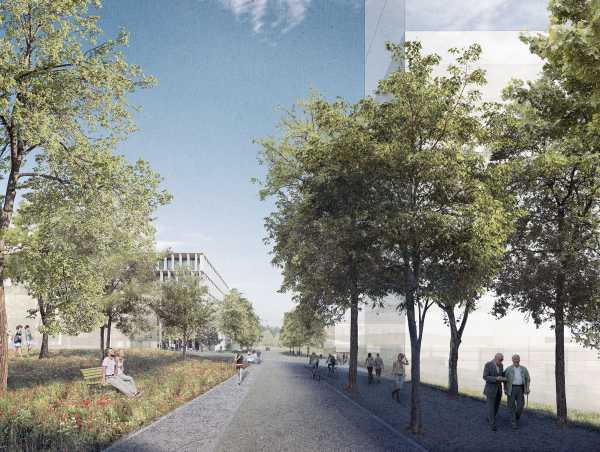 The North Portal Building will connect the campus with neighbouring Affoltern. (Visualisation: nightnurse images GmbH / EM2N)
The North Portal Building will connect the campus with neighbouring Affoltern. (Visualisation: nightnurse images GmbH / EM2N)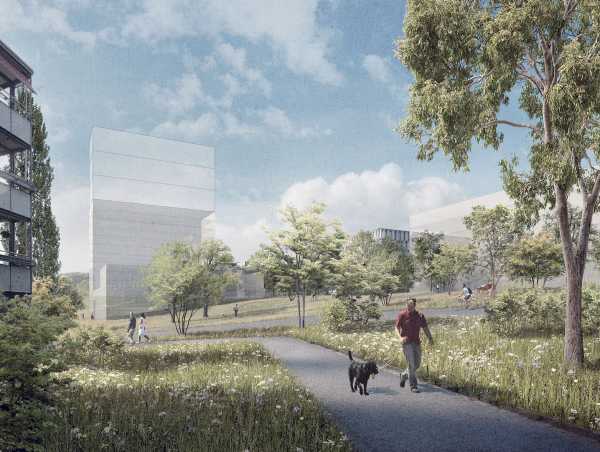 The North Portal Building will connect the campus with neighbouring Höngg. (Visualisation: nightnurse images GmbH / EM2N)
The North Portal Building will connect the campus with neighbouring Höngg. (Visualisation: nightnurse images GmbH / EM2N)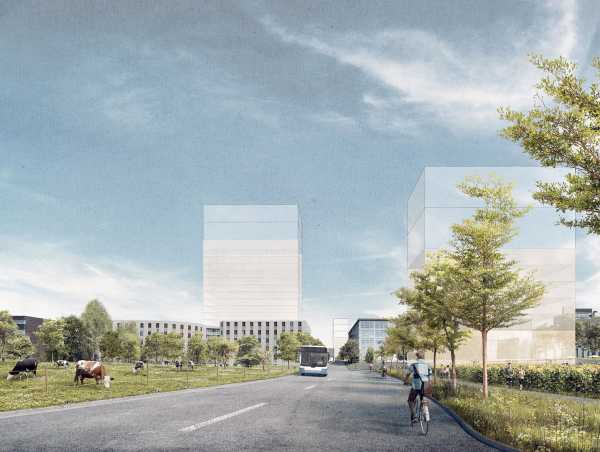 ETH Zurich is planning an infill development of its Hönggerberg location - pictured through the white buildings. (Visualisation: EM2N)
ETH Zurich is planning an infill development of its Hönggerberg location - pictured through the white buildings. (Visualisation: EM2N)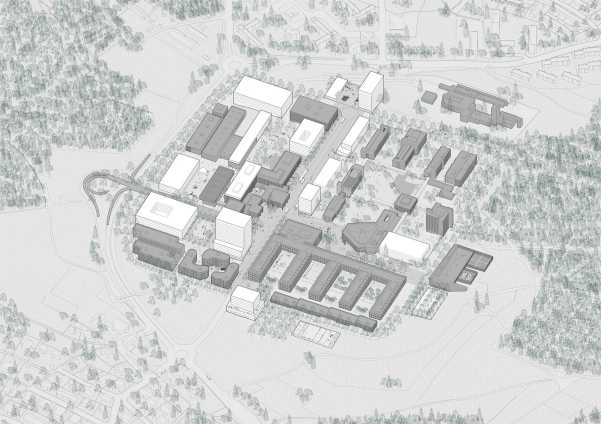
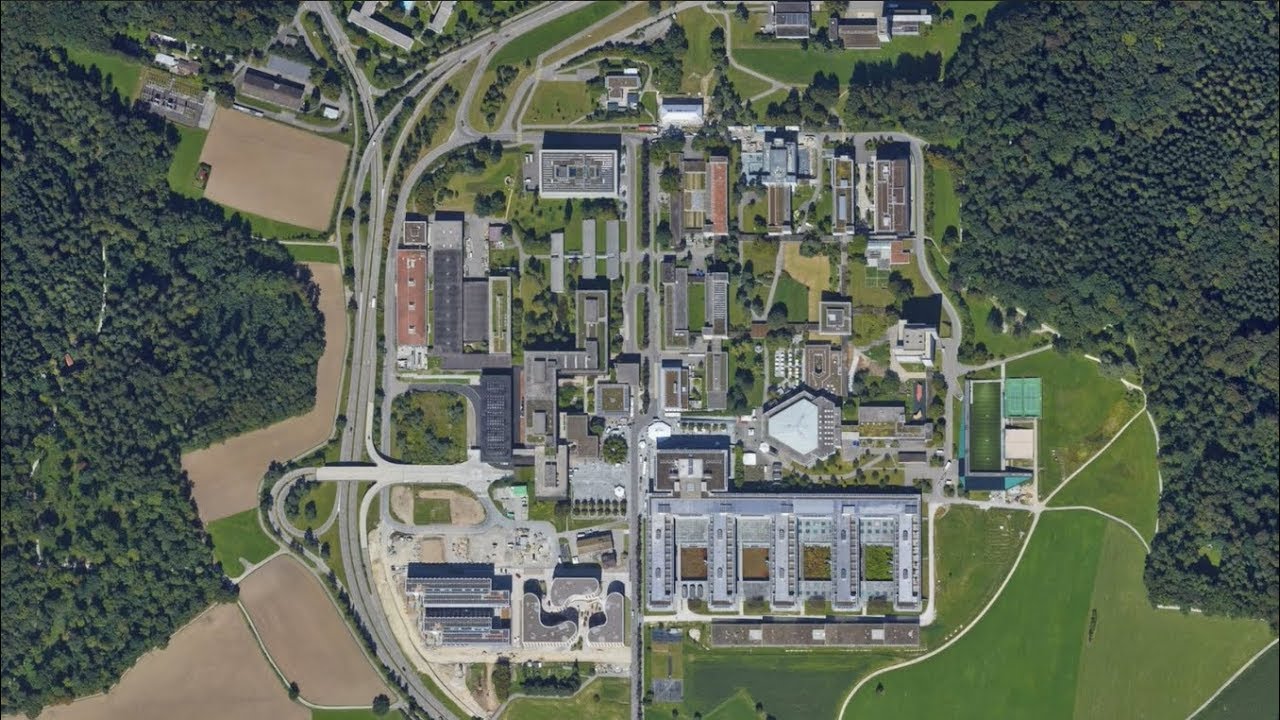
Planning basis
The legal planning basis for future development is the city’s Downloadspecial building regulationsvertical_align_bottom that came into force on 31 January 2022, including the Downloadplanvertical_align_bottom and Downloaddesign guidelinesvertical_align_bottom, the partially revised building and zoning regulations and the external pagecantonal structure plancall_made.
